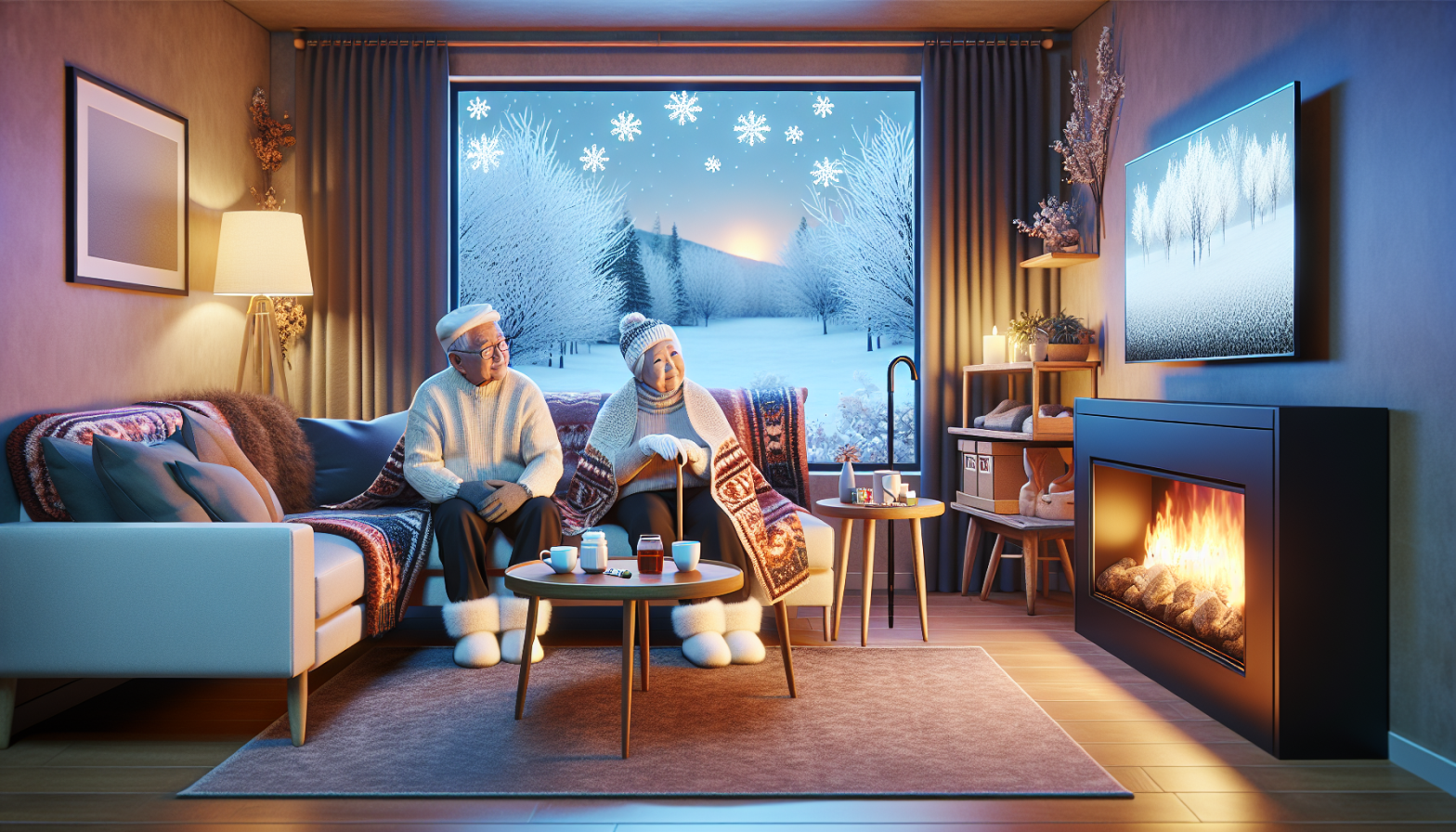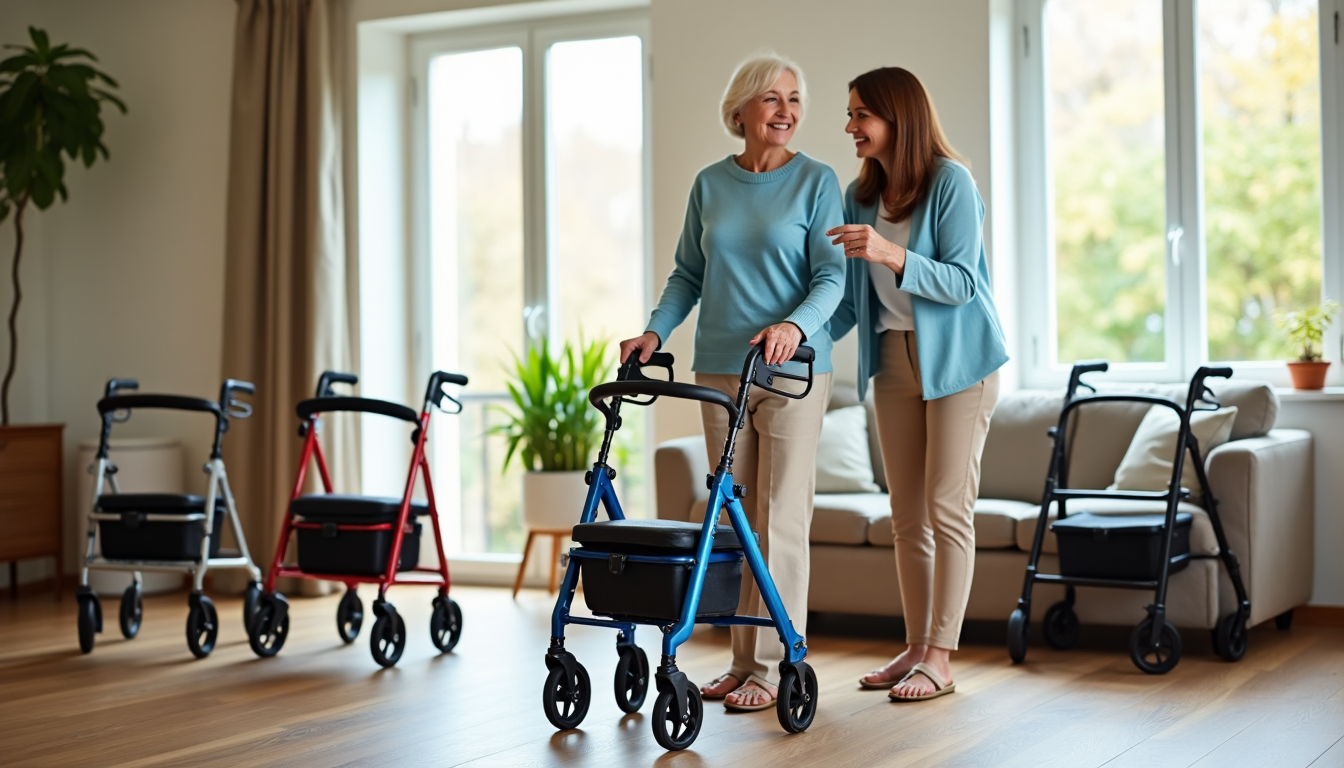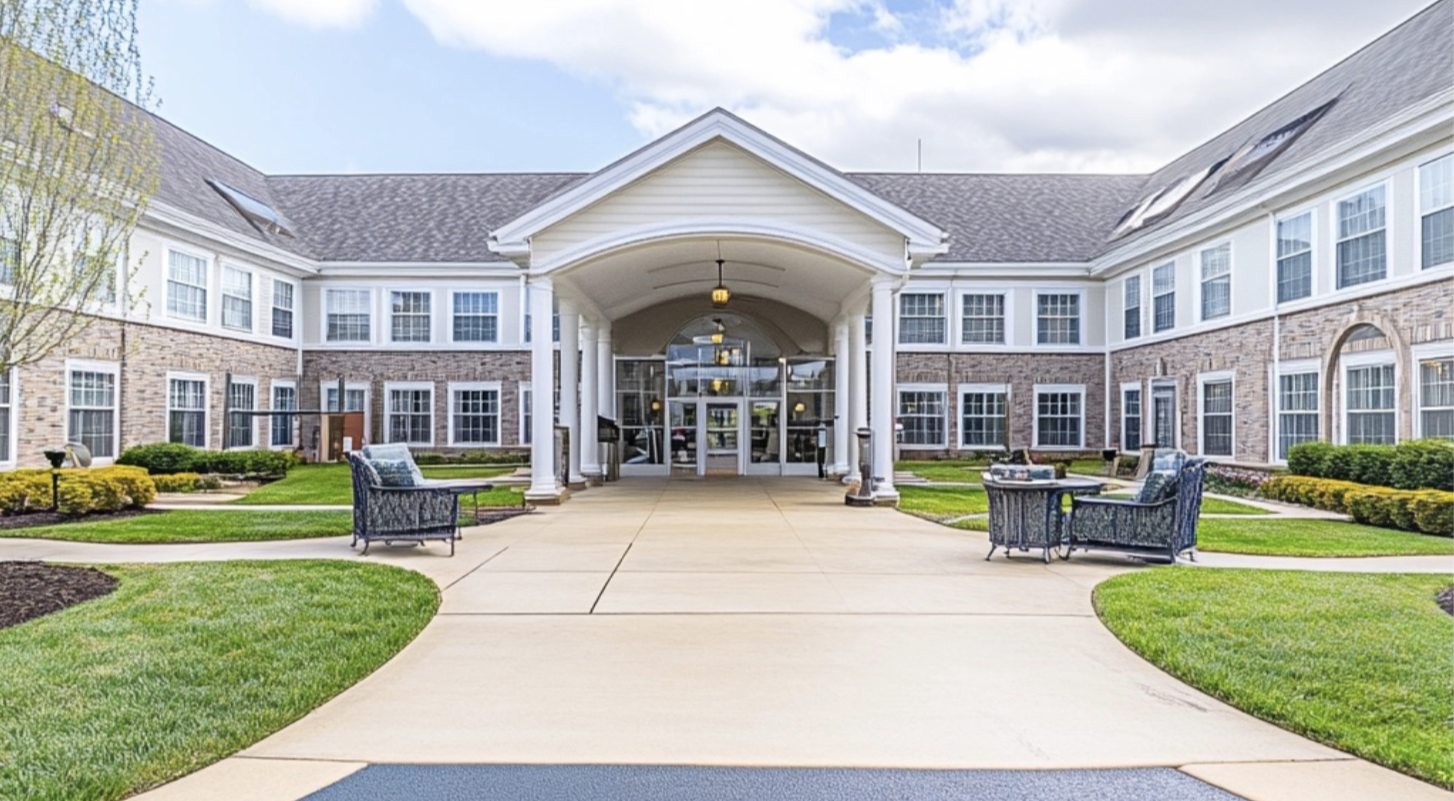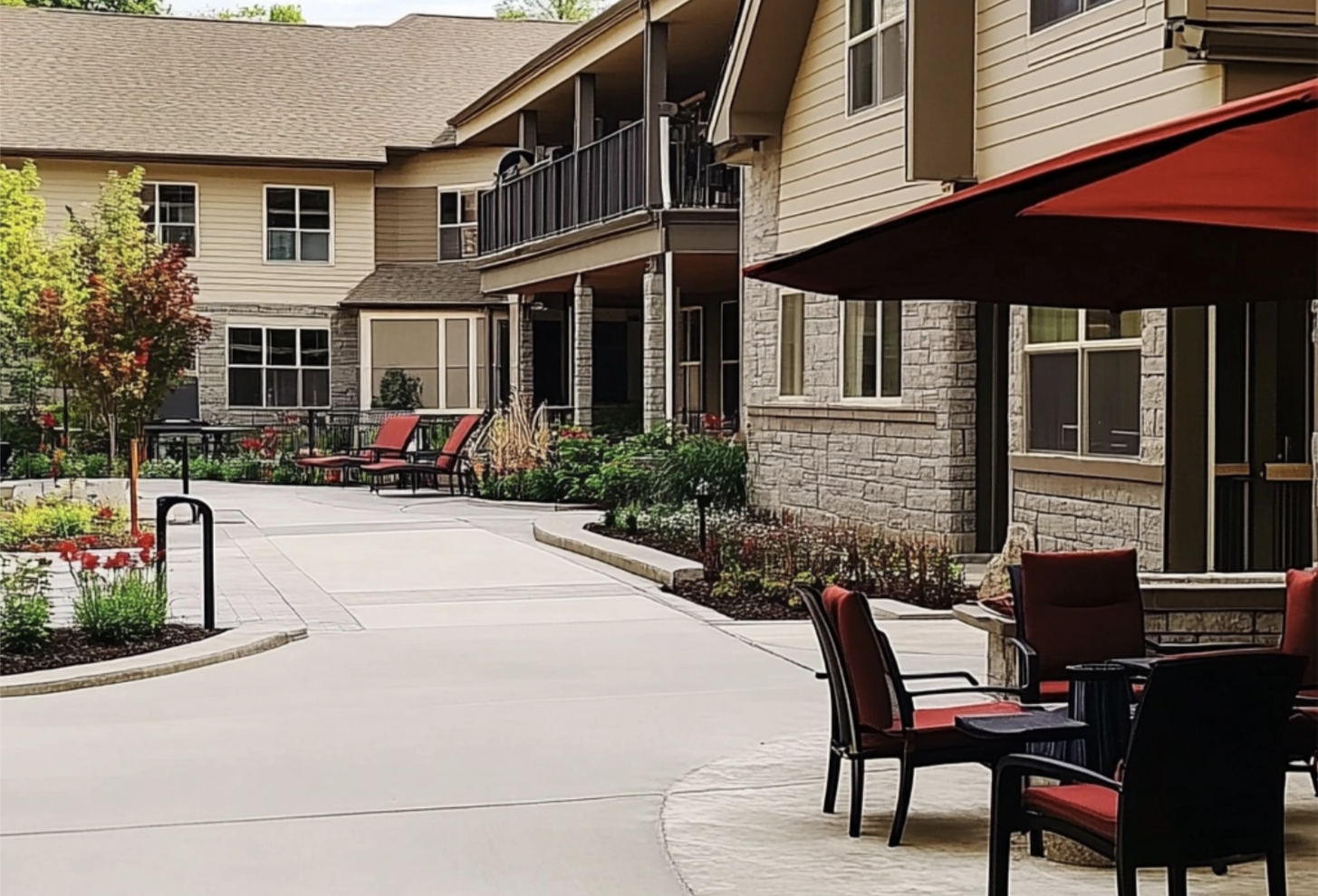Stay Safe and Warm This Season
As winter approaches, seniors face unique challenges in staying safe and comfortable during the colder months. Winter safety tips for seniors become crucial to maintain well-being and prevent accidents. The combination of icy conditions, freezing temperatures, and reduced daylight hours can pose significant risks to older adults, making it essential to take proactive measures to ensure their safety and health throughout the season.
This article will explore various aspects of winter safety for seniors, including appropriate cold weather attire, creating a safe home environment, and maintaining physical and mental health. It will also cover outdoor safety precautions and driving safety tips to help older adults navigate the winter months with confidence. By following these guidelines, seniors can enjoy the beauty of winter while minimizing potential hazards and staying warm and secure.
Dress Appropriately for Cold Weather
Proper attire is crucial for seniors during winter. Layering is key to maintaining body temperature. Start with a moisture-wicking base layer, add an insulating middle layer of wool or fleece, and finish with a wind and waterproof outer layer. This approach allows for easy adjustments in varying temperatures.
Footwear is equally important. Choose boots with good traction, featuring rubber soles with multi-directional lugs for better grip on ice and snow. Look for boots with ankle support and a secure closure, such as laces or Velcro, to prevent falls. For extra safety, consider ice grippers that can be attached to regular footwear.
Don’t forget to protect extremities. Wear warm, insulated gloves or mittens, and opt for thermal socks made of wool or synthetic blends. A hat or earmuffs are essential to prevent heat loss through the head. A scarf or neck gaiter can shield the neck and face from cold winds.
Create a Safe Home Environment
Creating a safe home environment is crucial for seniors during winter. Proper heating is essential, as cold temperatures can pose health risks like hypothermia. Seniors should maintain a comfortable indoor temperature, ideally setting the thermostat to at least 68°F. To improve energy efficiency, consider insulating walls and attics, sealing windows, and weather-stripping doors. This helps retain warmth and reduce heating costs.
Programmable thermostats offer convenience and energy savings. They allow seniors to set a heating schedule aligned with their daily routine, ensuring consistent warmth without manual adjustments. For added safety, install grab bars near toilets and in showers, use non-slip mats in bathrooms, and ensure good lighting throughout the home, especially on staircases and in hallways.
Maintain Physical and Mental Health
Seniors should prioritize their physical and mental well-being during winter. A balanced diet rich in immune-boosting foods is crucial. Citrus fruits, berries, and leafy greens provide essential vitamins and antioxidants. Omega-3 fatty acids from salmon or flaxseeds support heart and cognitive health. To combat vitamin D deficiency, seniors should consume fortified dairy products and fatty fish. Warm, comforting soups offer hydration and nutrients. For mental health, seniors can engage in indoor exercises like yoga or tai chi. These activities promote flexibility, balance, and stress reduction. Additionally, incorporating mood-boosting foods such as bananas and whole grains can help combat winter blues.
Outdoor Safety Precautions
Seniors should exercise caution when venturing outdoors during winter. It’s crucial to dress appropriately, wearing layers to maintain body temperature. A hat, scarf, and gloves or mittens are essential to prevent heat loss. Proper footwear with good traction is vital to avoid slips and falls on icy surfaces. When going out, seniors should inform someone of their plans and carry a fully charged mobile phone. It’s advisable to limit outdoor time on extremely cold or windy days. For those who must drive, proper vehicle preparation is essential. This includes checking the battery, lights, wipers, and tire pressure. Keeping the gas tank at least half full and having emergency supplies in the car is also recommended.
Conclusion
Winter safety for seniors involves a comprehensive approach to address various challenges posed by the cold season. By focusing on proper attire, creating a safe home environment, maintaining physical and mental health, and taking outdoor safety precautions, older adults can minimize risks and enjoy the winter months. These strategies have an impact on seniors’ overall well-being and help them to stay warm, secure, and healthy during this potentially hazardous time of year.
To wrap up, the tips outlined in this article provide a solid foundation to ensure senior safety during winter. From dressing in layers to making home modifications, these practices enable older adults to navigate the season confidently. By putting these recommendations into action, seniors and their caregivers can create a safer, more comfortable winter experience, allowing them to make the most of this beautiful time of year while staying protected from its potential dangers.












